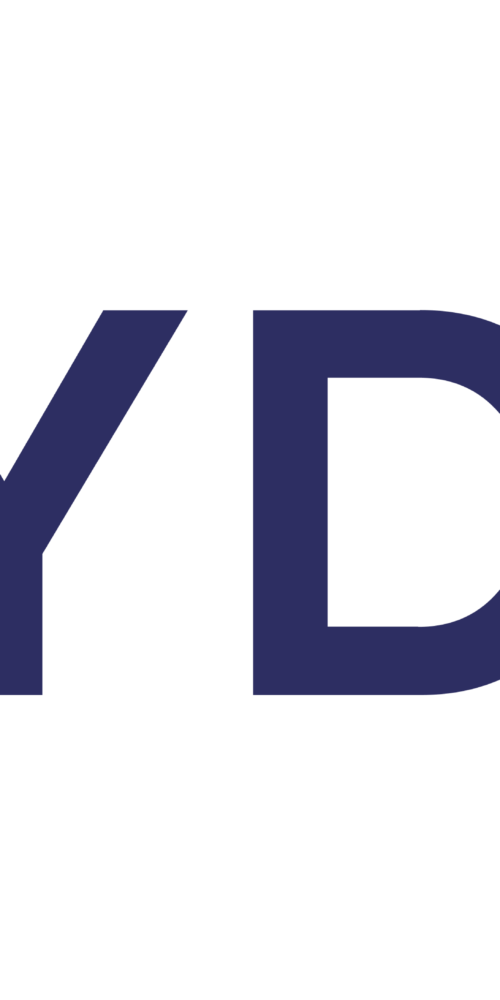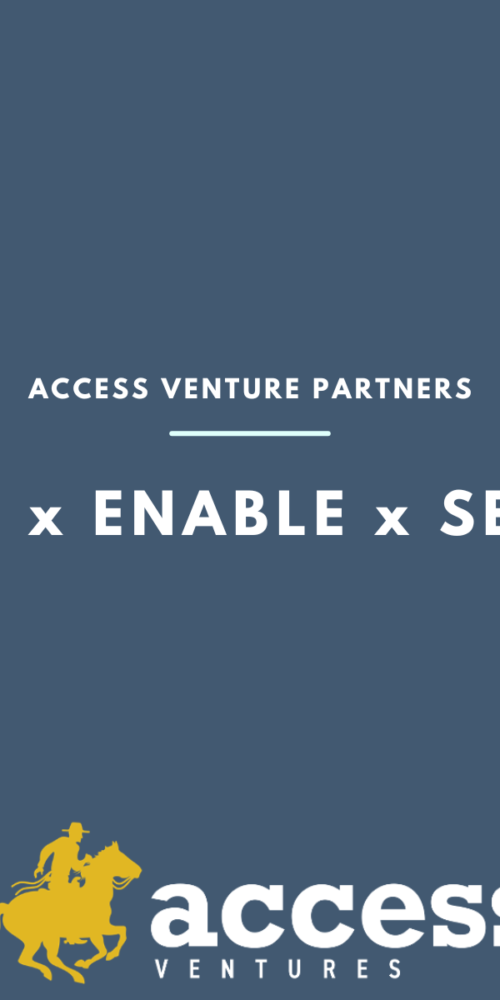If you’re about to raise VC funds for your tech startup or if you’re in cycle with a possible acquirer, this is your guide for what to expect and how to prepare for the VC due diligence process.
Like in everything else, the more information you have about what to expect during the various stages of your company’s evolution, the higher your chances for success. Deciding to pursue and navigate a potential acquisition or funding is a huge time commitment and isn’t recommended if you’re on the fence.
You may be asking yourself, ‘How do I tell if I’m on the fence?’ ‘What kind of time commitment are we really talking about here?’
If you can get through this blog post, that is at least a good sign.
A few questions before you start raising VC funds
Here are some questions to ask yourself and your C-team before getting started:
- If we go through the [acquisition, funding] process and don’t accept any offers, how will that affect our commitment to continuing to grow the business?
- How long do we want to commit to this after the acquisition?
- How much control do I want after we sell?
- Will I be able to work under someone else?
Now you should have a good baseline on whether or not to proceed.
A quick story on raising early-stage funds
A few years back, one of our founders came to us stating he was ready to go out and raise the next round of funding. Knowing their product was at a 25% net growth rate with a high churn rate, it was obvious that the sales velocity wasn’t there. The product took too long to consume and implement – let alone explain. Raising more funds would only propel them into the precarious and frustrating position of slinging a product that was far from product market fit while burning potential strategic customers. Simply put, they weren’t ready to scale.
We asked the C-team to go back to the drawing board and reanalyze the customer data in order to find their true viable market. They came back to us with their newly identified blue ocean strategy.
Did we prompt them to go out and raise funding then? No. Over the next 18 months, we made small investments in the company and worked alongside them as they proved out the new strategy. And it worked. They were finally sailing in a big ocean instead of a small pond. The big market participants recognized and validated the product and the technology, we reduced churn and gained further traction. Then, before we even got the chance to raise more funds, we received a potential opportunity to exit. The point is the numbers say everything and will tell your story.
So you determined it’s a go….
Here is what you’ll need to start fundraising: A secure data room is advisable (i.e. DocSend), legal counsel, financial/tax advisors & patience.
If you’re planning on raising VC funding:
Timeline: 80-120 days, here is a day-by-day breakdown of the process
- Rule of thumb: It usually takes longer than you think it may take. Try to begin the process at least 6 months before. If possible, start communicating company updates ahead of time.
- Identify ideal investors by researching who has recently invested in the space or adjacent sectors. Double-check their target stage and their last fundraise.
- Don’t reach out to investors that haven’t had any investment activity in more than 2 years. Some firms may not be active or only investing out of their follow-on fund, be sure the firm is operating.
- Use Crunchbase to identify potential investors. Signal is nice but not the most comprehensive set of data and the filtering schematic is janky (you’ll have to dig past the popular investors).
- A warm introduction goes a LONG way. Start mapping introduction routes. Try your best to get a direct intro to the firm which will help you get a quick yes, maybe or no answer.
- Don’t waste your time reaching out to investors whose investment thesis/focus is clearly outside of your ideal target.
If you’re looking for early-stage VC funding, reach out to us below!
If you’re ready to exit your company:
Timeline: 60-90 days
…without a current buyer, start here preferably 12 months in advance.
…with a current buyer, start working on customer case studies as soon as possible.
Venture Capital Due Diligence: Key Questions & Docs
No matter whether your fundraising or pursuing an exit, these are the underlying questions being asked during the diligence process:
- How differentiated is the solution? Is it easy for others to replicate?
- How does the company compete, particularly with larger companies in the space?
- How quickly can the company adapt to changing conditions (regulations, competitors, etc) or and/or innovate?
- Is the technology sound? Is there significant tech debt?
- Will the general operations, including the team, processes, and technology scale?
- SWOT analysis of the team, technology, business & processes
Documents the other party might investigate during due diligence include (here is a spreadsheet & checklist):
- Organizational and formation documents
- Company ownership
- Contracts with customers, suppliers, vendors and other parties
- Financial documents and agreements (Void if you’re raising a Seed Round)
- Waterfall on a Net ARR basis
- LTV / CAC Ratio, Magic Number, Annualized Gross & Net Retention
- Recurring revenue gross margin
- New & Expansion ACV Bookings, Actual vs. Goal
- Analyzation of customer base, i.e. is there diversification? representation of each target customer base of ARR
- Competitor landscape (breakdown of funding raised, target market, financial profile, positioning notes) and market size
- Litigation history and trends
- Security practices
- Subsidiaries and stock records (if applicable)
- Correspondence between your company and its board of directors
The role of customer interviews in due diligence
References and customer interviews are an integral part of diligence. Customer feedback will answer many if not most of the same questions as your previous third-party market analyses, with the added benefit of a first-hand perspective.
The feedback can not only validate the results of other due diligence procedures, but also provide a playbook for an integration and growth plan post-close. (thanks Axial)
Expect several types of contacts to be asked about your positioning in the market:
- Customer Interviews: Prepare to generate a list of 10-15 customers that provide a well-rounded view of your customer base and product.
- Analyst Interviews: 3-5 contacts
- Users of competitor products: 3-5 contacts
Common questions asked during customer diligence:
Basic contextual information on the customers role, organization, and use case:
- Where does your role fit within this industry?
- What products are you using?
- Are you the actual user of the product and/ or a purchase decision maker?
Purchasing and decision making process:
- How were you managing this before purchasing this solution?
- If you were using another vendor, what was the reason for the change?
- What was the catalyst for purchasing?
- Why did you choose this vendor over a competitor’s product?
- What was the determining factor when considering vendors?
Product:
- Are there other features that the product is lacking that you feel you need?
- How sticky is the relationship? How easy is it to switch?
- Which products does your company currently use? How has that evolved over time?
- Biggest functions that you use?
- How frequently do you reevaluate vendor landscape?
Reliability and customer support:
- How have you found the quality of service to be over time? The same, better, more volatile.
- How would you rate this product vs all other vendors in terms of quality, performance, value on a scale of 1 to 10?
- How was the onboarding and implementation process?
- Competitive landscape of options – what are vendors’ respective strengths and weaknesses
- Likelihood to recommend (NPS)
- How did you initially find the solution?
- How frequently do you reevaluate vendor landscape?






